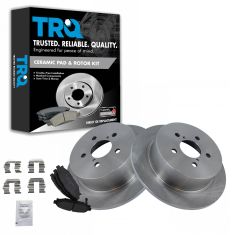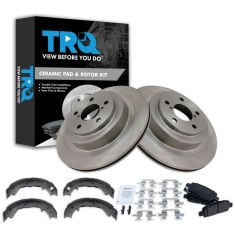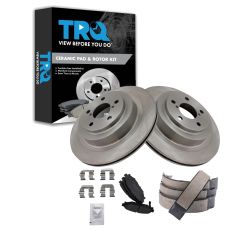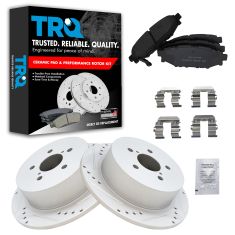1ABFS15255-Subaru Legacy Outback Rear Ceramic Brake Pad & Rotor Kit with Parking Shoes TRQ BKA28196
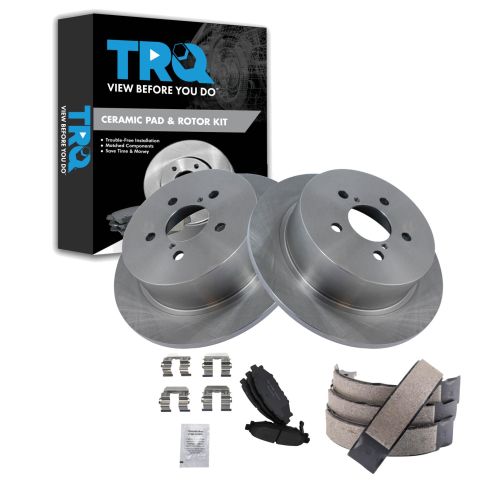
Replaces
2008 Subaru Legacy 3.0 R Limited Rear Ceramic Brake Pad & Rotor Kit with Parking Shoes TRQ BKA28196

Product Reviews
Loading reviews
5.00/ 5.0
1
1review
November 20, 2024
Muy buena
Customer Q&A
No questions have been asked about this item.
Subaru is a registered trademark of Fuji Heavy Industries Co., Ltd. 1A Auto is not affiliated with or sponsored by Subaru or Fuji Heavy Industries Co., Ltd.
See all trademarks.












